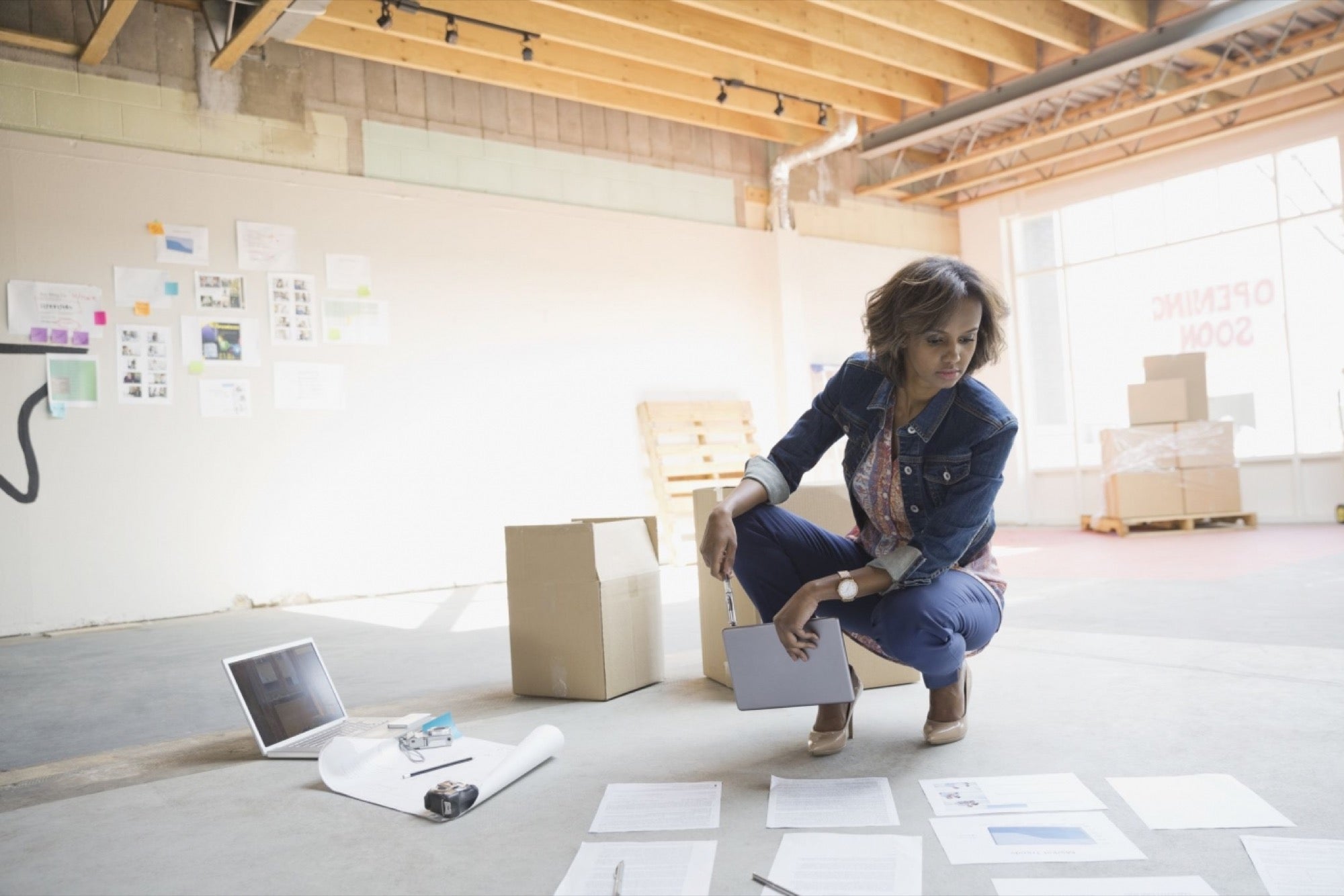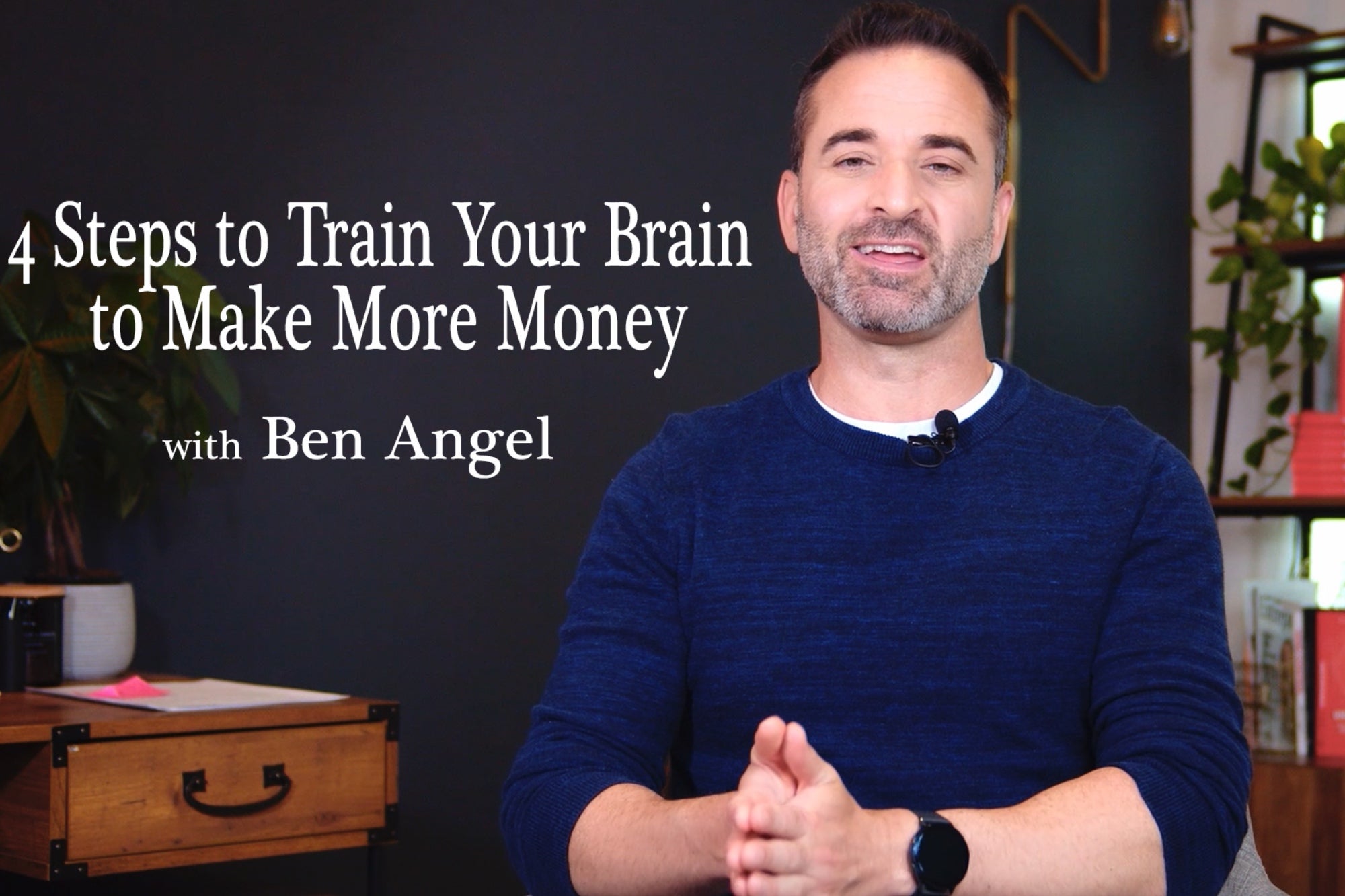How Blockchain Can Make A Positive Impact On Global IssuesBlockchain is the big buzzword in financial services at the moment– seen as the next big thing, much like 'big data' was before it, and the 'cloud' was before that.
ByIan Dillon•
Opinions expressed by Entrepreneur contributors are their own.
You're reading Entrepreneur Middle East, an international franchise of Entrepreneur Media.

Blockchain is the big buzzword in financial services at the moment– seen as the next big thing, much like "big data' was before it, and the "cloud' was before that. If you're like me, you've likely been to a number of blockchain conferences, forums and seminars where you find yourself surrounded by slightly bemused bankers, lawyers and other professionals who are all excited to be part of this next greatinnovation in fintech. However, it quickly becomes apparent that few, if any, of the attendees at these events arrive or leave ever knowing what blockchain actually is, what applications it will have, or when.
As the co-founder ofNOW Money, a startup using innovative fintech to solve problems of financial inclusion and remittance costs in the Middle East, I am excited about the opportunities that Blockchain will bring in so many areas – but most significantly theimpactit could make for the 2 billion unbanked people across the world.
So, what is blockchain?
Blockchain was actually developed in 2008 as the infrastructure behind Bitcoin. Bitcoin has had a bumpy ride so far, and whether it will prove to be widely successful remains to be seen. However, Blockchain is proving to be far more important and wide-reaching than perhaps even its creators imagined, with applications being completely separate to BitCoin. It's far from the first time aninventionhas uses far beyond its original purpose – Play-Doh was originally a (mediocre) wallpaper cleaner before being adopted as one of the most successful toys of all time.
Blockchain is simply a refined method of relaying and verifying information. William Mougayar uses a wonderful analogy of the way in whichblockchainworks vs. existing methods, saying the traditional way of sharing documents is to send a document to another recipient, and ask them to confirm or make revisions to it. The problem with this is that you need to wait until receiving a return copy before you can see or make other changes because you are locked out of editing it until the other person is done with it. Two owners can't be editing the same record at once. By the same analogy, he says, blockchain is like Google Docs - both parties have access to the same document at the same time, and the single version of that document is always visible to both of them.
An example
We can use the above analogy and apply this to a real-life example of sending money to another country. This is a familiar, expensive and opaque process that most people have been through. The traditional method using SWIFT takes 3-5 days.
By Mougayar's analogy, this is the document being passed from one party to the next. It's easy to see how this takes so long. Each bank takes its time to process the transaction and pass it onto the next – hence why the recipient can be waiting up to 5 days to receive their money. It also gives criminals a number of opportunities to intervene. Any modifications made -intentionally by criminals or unintentionally through errors- are then passed on like Chinese Whispers. The slow processing time and risks inherent with this model mean that banks have to allocate capital to insure them against these risks – costs which end up being passed onto the consumer.
In the scenario of a cross-border money transfer, Blockchain simply rearranges the same parties so they instantly receive the same information simultaneously. Again to use Mougayar's analogy, this is like Google Docs updating everyone at the same time.
All parties receive the encrypted transaction information at the same time. Provided all parties confirm with the same details, the transaction is processed instantly. If there are any anomalies, the transaction will not be sent. For a criminal to intervene, they would need to successfully hack each of the banks at exactly the same time – although theoretically possible the chances of this happening are close to zero. All of this means that the risk to banks is almost eliminated, reducing their costs – and these cost reductions should (in theory) be passed onto consumers. Transactions are also fullytraceable–meaning that consumers know where their money is and when it has been successfully received– in stark contrast to the current system where seemingly no-one knows where the money is for the few days after you send it.
Very nice, but how could this benefit the 2 billion currently unbanked individuals, many of whom live in rural Africa and Asia?Remittances from abroad are the lifeblood of many families and even economies around the world. For example, the World Bank estimates that 32% of Nepal's GDP comes from money sent from abroad. That's a staggering amount. Even in the huge 1.3-billion-person economy of India, foreign remittances received make up 3.3% of their $1.9 trillion GDP. Remittances to the developing world total half a trillion dollars annually, and are worth three times more than the global aid budget. These remittances often support the poorest or most needy of the population. The average NOW Money customer in the UAE sends 65% of their earnings back to their families, predominantly in India, Pakistan, Bangladesh and the Philippines, and each worker's monthly remittance supports 5-10 family members in their home country; sometimes as many as 20. African countries are also highly reliant on remittances, however face the highest remittance costs in the world. Remittance costs average 10% in sub-Saharan Africa, and can reach as high as 20%. That means if someone sends $100 back to their family in Botswana, their family will receive just $80. The FT estimates the cost of this to African people to be a "supertax' totaling over $2 billion per year.
These costs, delays and inefficiencies are not absorbed by the banks; they are passed on to the consumer, the very people that need the money the most. Blockchain, in the example of remittances, has thecapability to dramatically reduce costsand time taken for the recipient families to receive the money. This will have a direct and positive impact on the populations that need it most.
The use of blockchain to tackleglobal social issueswill extend far beyond remittances – this is one of a host of examples of its potential applications. Who knows – one day Blockchain could be more famous than Play-Doh.
Related:Smart Dubai Office And 1776 Launch A Hunt For Blockchain Innovations In Dubai













